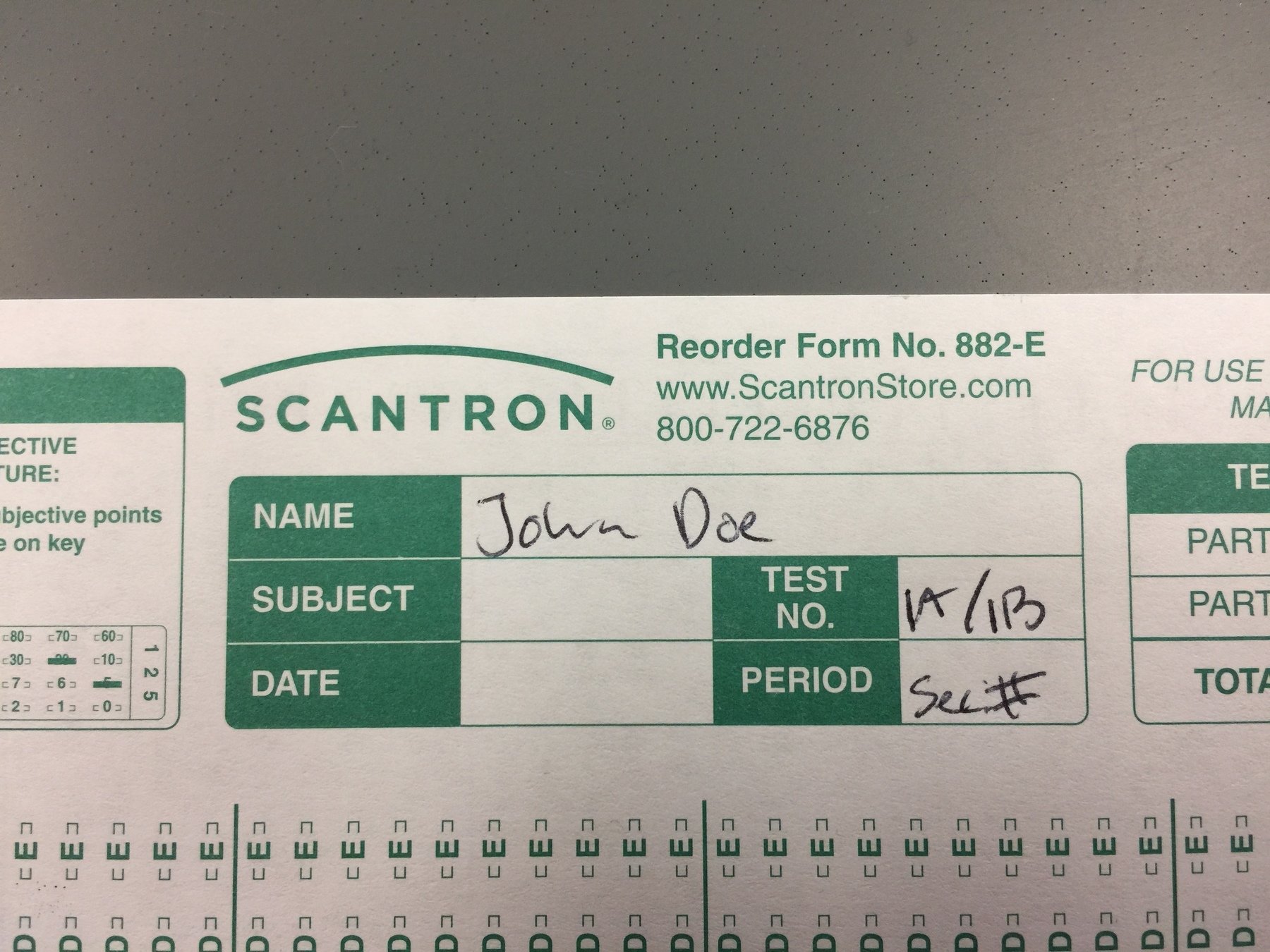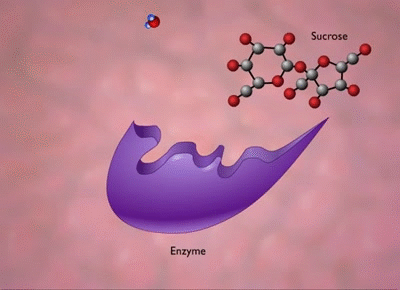Agenda
- Turn in Lab 2 by the staplers on the North bench.
- Needs a name and group number
- ~10 min.: Q&A on Lab 2 material
- 20 min.: Quiz 2
- ~2 hrs.: Lab 3: Enzymes
- ~30 min.: Next lab reminders/questions/review
Lab 2 Q&A
What is pH?

Why is pH important?

What stabilizes our body pH?
CO_2+H_2O \rightleftharpoons H_2CO_3 \rightleftharpoons H^+ + HCO_3^-
CO2+H2O⇌H2CO3⇌H++HCO3−
Carbonic
anhydrase
Henderson-Hasselbach Equation
6.1 + log(\frac{[HCO_3^-]}{[H_2CO_3]})
6.1+log([H2CO3][HCO3−])
6.1 + log(\frac{[HCO_3^-]}{0.03 \frac{mmol}{L\times mmHg} \times PaCO_2})
6.1+log(0.03L×mmHgmmol×PaCO2[HCO3−])
Quiz 2

Enzymes
Lab 3

Lab Purpose
To allow students to experiment with catalase, a model enzyme, to observe the effect of pH, temperature, substrate and enzyme concentrations on enzymatic function.
Lab objectives
- Describe how an enzyme works.
- Given solutions of enzyme and substrate, be able to determine how the rate of enzyme activity is affected by enzyme concentration, substrate concentration, temperature and pH.
- Write the equation that describes how the enzyme catalase functions.
- Explain the location and physiological significance of catalase.
Lab Safety
- Goggles!
- Closed toed shoes
- Gloves
- Adequate coverage from neck to ankles
- Put your hair up!
- If you spill acid tell me and I will get you some baking soda.
- Hydrogen Peroxide
- DO NOT BOIL!!!
- There are two concentrations
- Use litmus paper, not pH meters.

What are we doing?
Lab Hacks
- Height = how deep the paper sinks, not total depth
- Cold dH2O = normal dH2O
Core Principles
What is an enzyme?
How does it work?


How do the following affect enzyme function?
- Enzyme concentration
- Substrate concentration
- Saturation point
- pH
- Temperature
Catalase Function
2H_2O_2 \rightarrow 2H_2O + O_2
2H2O2→2H2O+O2
Catalase

Catalase
- Where is it found?
- Peroxisomes, predominantly in the liver.
- What does it do?
- Degrades hydrogen peroxide to protect cells from oxidative stress.
Lab 4: Diffusion & Osmosis
- Read:
- Stanfield pgs. 101-114
- Silverthorn 125-135
- Bring:
- Goggles
- Calculator
- Wear adequate clothing
- This is a human fluids lab. There will be blood!
- Lab 3 Reports
